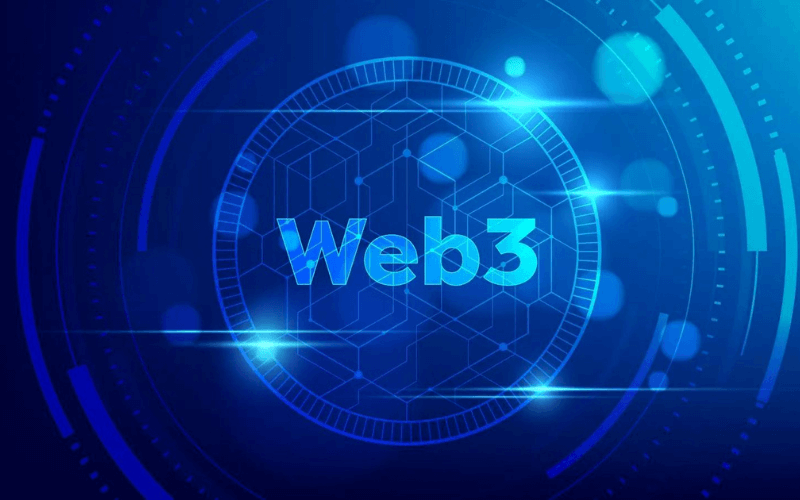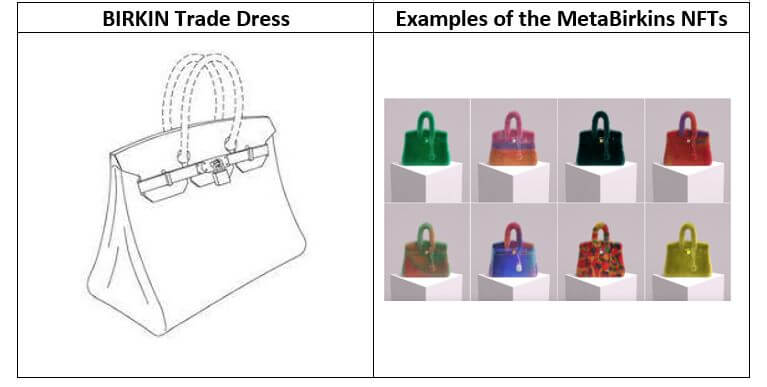The internet has changed a lot since it began. We first had Web1, which was basic and static. Then came Web2, which brought us social media and interactive websites. Now, we are moving to Web3. This new phase is set to transform how we use the internet, making it more decentralized, secure, and user-controlled. Let’s explore what Web3 is and how it will impact our daily lives.
What is Web3?
Web3, also called the decentralized web, is built on blockchain technology. Unlike the current web (Web2), where big companies control most of the data, Web3 aims to give control back to the users. In Web3, data is stored on multiple computers (nodes) rather than centralized servers. This makes the internet more secure and transparent.
Why Web3 Matters
- Enhanced Privacy and Security
Today, our personal information is often stored by large companies. This makes it a target for hackers. With Web3, data is decentralized. This means it’s spread out across many locations, making it much harder to hack. For example, if you use a decentralized identity solution like Sovrin, your personal data is controlled by you, not a big company. This greatly reduces the risk of your data being stolen or misused.
- Financial Inclusion
Many people around the world don’t have access to traditional banking. Web3 can help change this through decentralized finance (DeFi). DeFi allows people to access financial services using just their smartphone. Platforms like Aave and Compound let users lend, borrow, and earn interest on their assets without needing a bank. This can help millions of people access financial services they couldn’t before, helping reduce poverty and promote economic growth.
- Transparent Supply Chains
Web3 can make supply chains more transparent. This means we can track products from their origin to the store. For instance, IBM’s Food Trust blockchain platform allows users to see where their food comes from and how it got to them. This can ensure food safety and authenticity. Similarly, VeChain is using blockchain to track items in various industries, from luxury goods to pharmaceuticals. This can help fight counterfeiting and ensure products are genuine.
- Empowering Content Creators
Today, content creators often struggle to make money and protect their work. Web3 can help by providing decentralized platforms where creators can share their work directly with their audience. Platforms like Audius for musicians and Mirror for writers allow creators to earn fair compensation without middlemen. This not only helps creators make a living but also fosters a more diverse and vibrant content landscape.
- New Ways of Organizing
Web3 introduces Decentralized Autonomous Organizations (DAOs). These are organizations run by code (smart contracts) and community voting, not by a central leader. DAOs can make decisions transparently and democratically. For example, projects like Aragon and DAOstack provide tools for creating DAOs. These can be used for anything from managing a project to running a community. DAOs ensure that everyone has a say and decisions are made fairly.
Future Uses of Web3
Web3 is still in its early stages, but its potential applications are vast and varied. Let’s explore some future uses that could make Web3 even more impactful:
- Decentralized Healthcare Systems
Imagine a healthcare system where patient records are stored on a blockchain. This would allow doctors and patients to access medical records securely from anywhere in the world. Patients would have complete control over their data and could choose who gets access to it. This could also help in managing medical supplies and ensuring that medications are genuine, reducing the risk of counterfeit drugs.
- Decentralized Education Platforms
Web3 can revolutionize education by creating decentralized learning platforms. These platforms can offer verified and immutable academic records. Students could take courses from various institutions and have their achievements recorded on the blockchain. This would make it easier for employers to verify credentials and for students to showcase their skills globally. It would also allow for more personalized and accessible education, breaking down geographical barriers.
- Smart Cities and IoT Integration
Web3 can enable smart cities where everything from traffic management to energy consumption is optimized using blockchain and IoT (Internet of Things). For example, decentralized energy grids could allow residents to buy and sell excess energy using blockchain technology. Traffic systems could use real-time data to reduce congestion and improve safety. This level of integration could lead to more efficient and sustainable urban living.
- Decentralized Voting Systems
Web3 can transform voting systems by making them more transparent and secure. With blockchain-based voting, each vote would be recorded immutably, ensuring that results are tamper-proof. This could increase voter turnout by allowing people to vote securely from their homes. It would also reduce the risk of fraud and ensure that elections are fair and transparent.
- Decentralized Social Networks
Future social networks built on Web3 principles could give users complete control over their data and content. Unlike today’s social media platforms, where user data is monetized by the companies, decentralized social networks would allow users to own and monetize their content. This could lead to a more balanced power dynamic between users and platform providers, fostering a healthier digital environment.
The Future of Web3
Web3 is still in its early stages, but it has the potential to change many aspects of our lives. However, there are challenges to overcome, like making the technology easy to use and ensuring it can handle a large number of users. But the progress so far is promising, and the future of Web3 looks bright.
- Scalability
One of the biggest challenges for Web3 is scalability. This means making sure the technology can handle a lot of users at once. Blockchain technology is still relatively slow compared to traditional systems, but new solutions are being developed to improve this.
- User Adoption
For Web3 to succeed, people need to start using it. This means making the technology easy to use and educating people about its benefits. As more people and businesses adopt Web3, its impact will continue to grow.
- Regulation
Regulation is another challenge. Governments around the world are still figuring out how to regulate blockchain and cryptocurrencies. Clear regulations are needed to ensure that Web3 can grow and thrive.
Takeaway
Web3 represents a significant shift in how we use the internet, offering enhanced privacy, financial inclusion, and empowerment. As we continue to explore and develop Web3, its real-world impact will become increasingly clear, promising an exciting and transformative future.




